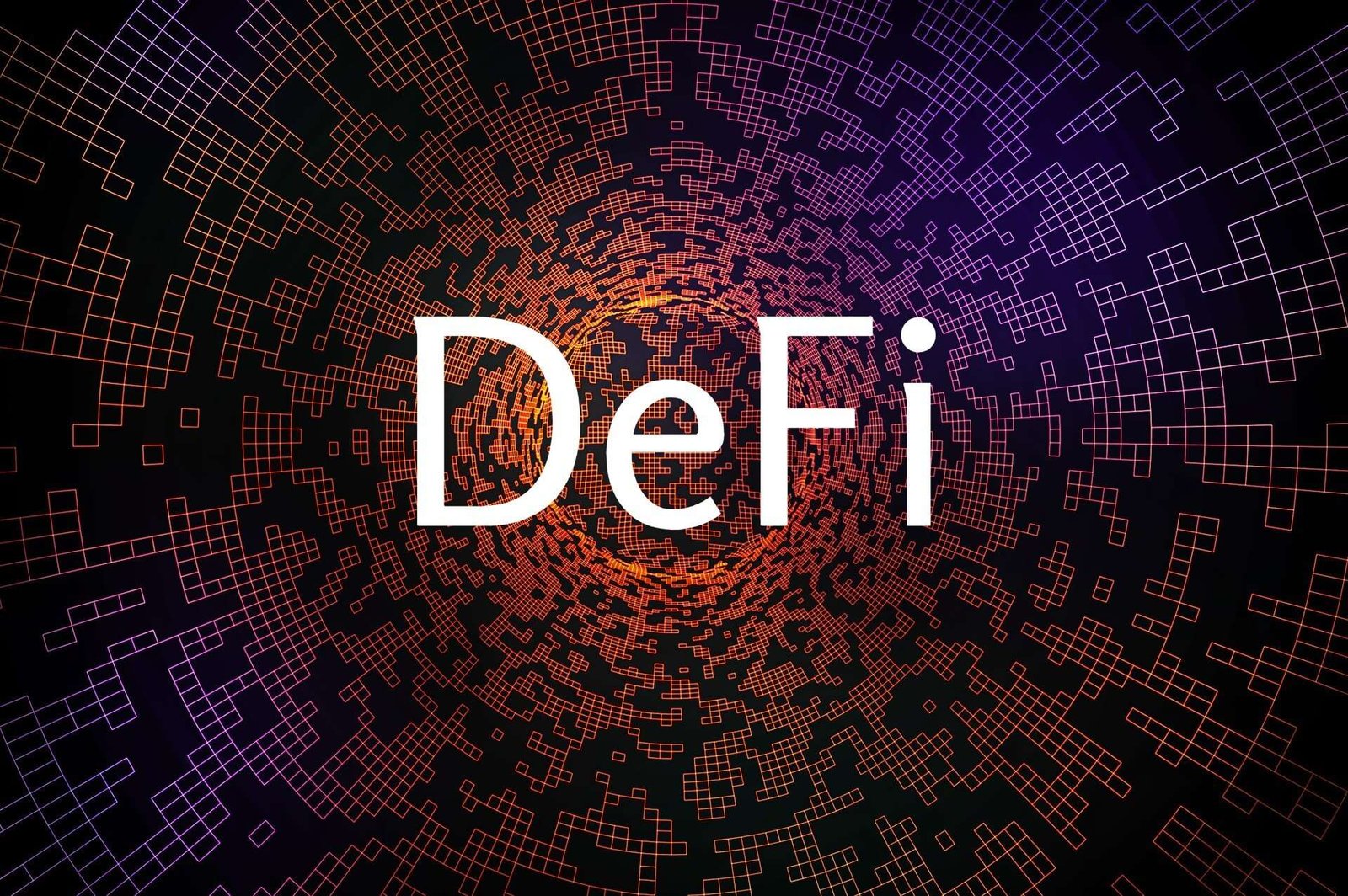What Are Tokenized Real-World Assets?
So, what exactly are tokenized real-world assets? In short, they are digital representations of physical or traditional financial assets that are issued and traded on blockchains. These assets are backed 1:1 by the real-world items they represent and are often compliant with regional regulations.
Common types of tokenized real-world assets include:
- Real estate (fractional property ownership)
- Government bonds or T-bills
- Commodities like gold or oil
- Carbon credits and ESG-linked instruments
By leveraging blockchain, these tokens offer fractional ownership, faster settlement, and broader global access.
For an overview, revisit our article: Tokenization of Assets: BlackRock’s Blockchain Bet
Also see World Economic Forum’s RWA Brief for a global perspective.
Why Tokenized Real-World Assets Are Taking Over DeFi
In the aftermath of 2022–2023’s DeFi volatility, users and institutions alike demanded lower-risk, yield-generating alternatives. That’s where tokenized real-world assets come in.
- Stable yield: U.S. Treasury-backed tokens offer 4–5% APY
- Regulatory alignment: Projects like Ondo Finance and Maple Finance are MiCA- and SEC-conscious
- On-chain transparency: Every transfer and yield payment is verifiable in real time
Furthermore, DeFi protocols are adapting by onboarding RWA collateral for lending, staking, and liquidity provisioning. Clearly, tokenized real-world assets are more than a trend—they’re foundational.
Institutional Adoption: A Game-Changer
Institutional support has turbocharged the growth of tokenized real-world assets. Consider this:
- BlackRock and Franklin Templeton are tokenizing money market funds
- JPMorgan’s Onyx platform has piloted tokenized settlements (source)
- Fiserv and Mastercard back stablecoin frameworks for RWA liquidity
These moves suggest that big finance believes in the long-term value of tokenized RWAs.
See more in our coverage: BlackRock + Fiserv’s Tokenization Play
Use Case Spotlight: Real Estate on Blockchain
Among all tokenized real-world assets, real estate has arguably the widest appeal. Platforms like Propy, RealT, and Tangible allow users to:
- Buy fractional shares of rental properties
- Receive monthly yield from rent
- Exit positions via liquid secondary markets
In essence, this turns traditionally illiquid assets into programmable, tradeable tokens—expanding investor access and liquidity.
What’s Next: Regulation & Interoperability
Still, challenges remain on the road to full-scale adoption of tokenized real-world assets:
- Clear legal frameworks across jurisdictions
- Reliable off-chain data feeds and oracles
- Cross-chain operability for seamless DeFi integration
However, the regulatory landscape is shifting. The EU’s MiCA law and the U.S. momentum behind tokenized T-bills both indicate a more RWA-friendly future.
Final Thoughts
Tokenized real-world assets are not just reshaping DeFi—they’re making it more accessible, regulated, and aligned with traditional finance. From real estate to treasuries, RWAs in DeFi are creating bridges between on-chain innovation and off-chain value.
As 2025 unfolds, expect these digital assets to be at the heart of Web3’s next growth phase. If you’re still on the fence about the future of DeFi, tokenized real-world assets might just change your mind.
